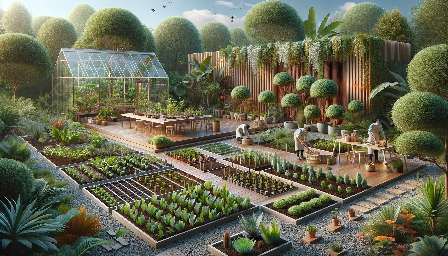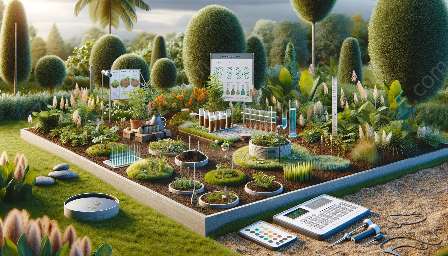Plant tissue culture is a revolutionary technique that holds immense potential in the fields of horticulture, agriculture, and forestry. It involves the growth of plant cells, tissues, or organs in an aseptic environment, offering numerous applications that can transform the way we cultivate and propagate plants.
The Basics of Plant Tissue Culture
Plant tissue culture begins with the selection of a small piece of plant tissue, such as a stem, leaf, or root, which is then sterilized to remove any contaminants. The sterile tissue is placed in a nutrient medium containing essential nutrients, growth regulators, and other substances necessary for the growth of plant cells.
Under controlled conditions of light, temperature, and humidity, the plant cells proliferate and differentiate, giving rise to new plantlets. This process can be carried out in a laboratory setting, allowing for precise control over environmental factors and the genetic makeup of the resulting plantlets.
Applications in Horticulture
Plant tissue culture has revolutionized horticulture by enabling the mass production of disease-free plants with desirable traits. Through techniques such as micropropagation, a single parent plant can give rise to thousands of genetically identical offspring, allowing for the rapid propagation of valuable ornamental, fruit, and vegetable plants.
Furthermore, tissue culture offers the possibility of preserving rare and endangered plant species, contributing to biodiversity conservation efforts and the establishment of ex situ plant collections for research and conservation purposes.
Impact on Agriculture
In the realm of agriculture, plant tissue culture plays a crucial role in the production of disease-resistant and high-yielding crop varieties. By selecting superior plant genotypes and multiplying them through tissue culture, agricultural scientists can expedite the breeding of improved crop strains, leading to increased food security and sustainable farming practices.
Moreover, plant tissue culture facilitates the introduction of genetic modifications and the creation of transgenic plants with beneficial traits, such as resistance to pests and diseases or enhanced nutritional content. These advances have the potential to address agricultural challenges and contribute to the development of resilient crop varieties.
Integration with Forestry Practices
Forestry practices benefit from plant tissue culture through the propagation of elite tree species for reforestation, agroforestry, and landscaping purposes. The ability to rapidly propagate trees with desired characteristics, such as fast growth, timber quality, or tolerance to environmental stress, enhances the efficiency and sustainability of forestry operations.
Furthermore, the conservation and restoration of forest ecosystems can be supported through the production of disease-free seedlings of endangered tree species, contributing to habitat restoration and the protection of valuable genetic resources.
Challenges and Future Prospects
While plant tissue culture offers myriad opportunities for horticulture, agriculture, and forestry, it also presents challenges related to the cost-effectiveness of large-scale production, genetic stability of regenerated plants, and the ethical considerations of genetic engineering.
Continued research and technological advancements are essential to address these challenges and unlock the full potential of plant tissue culture in revolutionizing plant propagation, breeding, and conservation. Emerging techniques, such as the use of nanotechnology and bioreactors, hold promise for enhancing the efficiency and scalability of tissue culture processes.
Conclusion
Plant tissue culture stands as a remarkable tool that has the power to reshape the landscape of horticulture, agriculture, and forestry. Its capacity to propagate and manipulate plant cells opens new horizons for sustainable agriculture, biodiversity conservation, and the restoration of natural ecosystems. As research and innovation continue to advance, plant tissue culture will undoubtedly contribute to a greener, more resilient future for plant cultivation and ecosystem preservation.



